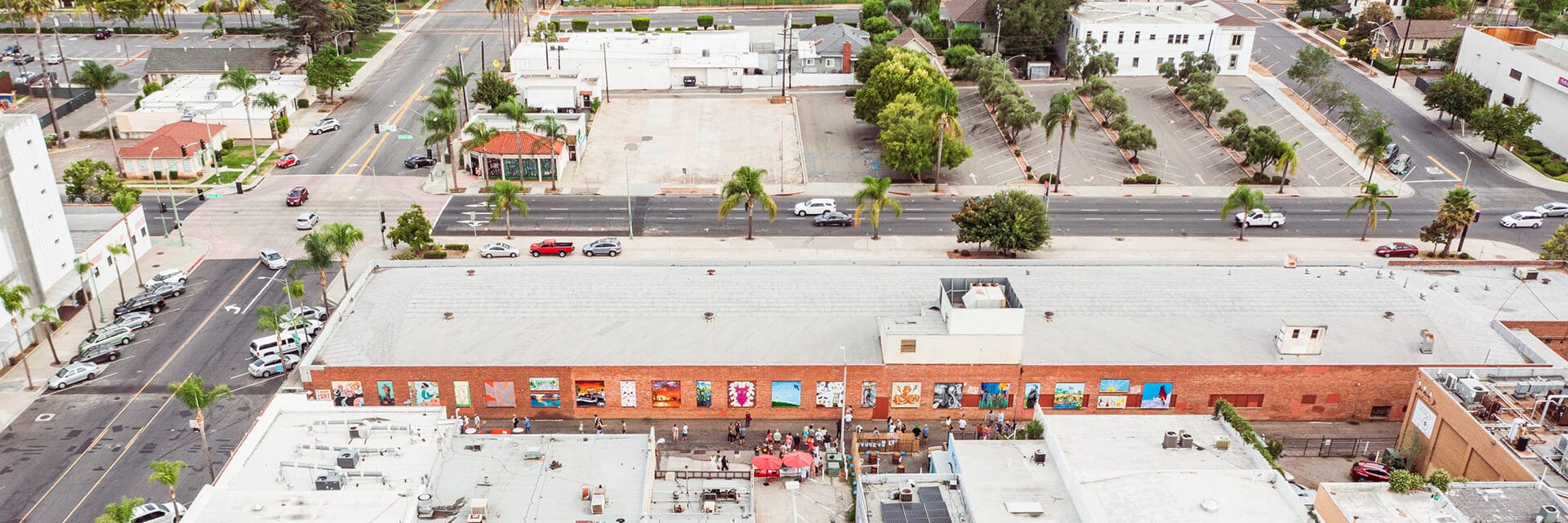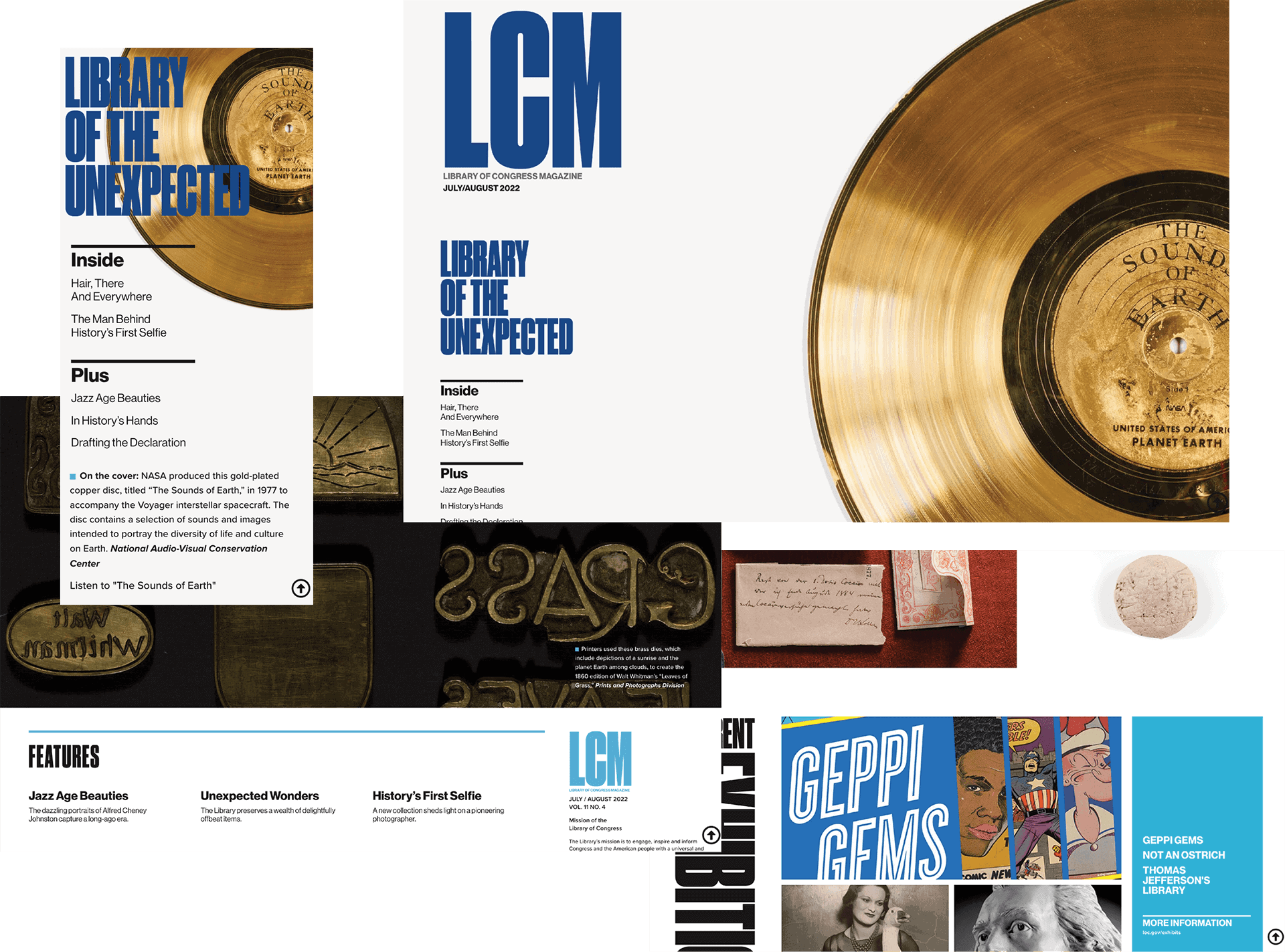Art and branding are not just about creating visually appealing spaces or logos; they are powerful tools that can significantly impact the people who interact with them—employees, customers, and the broader community. From fostering innovation and motivation to promoting inclusivity and well-being, the integration of art into business can transform the workplace and extend its positive influence outward. In this post, we’ll explore how artworks ranging from paintings, murals, sculptures, multimedia, and digital art like branding can drive growth, enhance employee and customer experiences, and elevate community engagement.
The Role of Art and Branding in Business
What is Art in Business?
Art in business encompasses a wide range of creative expressions, including traditional paintings, large-scale murals, sculptures, multimedia installations, and digital art that forms the backbone of branding efforts. These artistic elements serve to communicate a brand’s identity, culture, and values, making them essential components of a company’s overall strategy.
Impact on People
Whether it’s through a captivating mural in the office lobby, a thought-provoking sculpture in a communal space, or a visually striking digital campaign, art has the power to influence emotions and behaviors. Art-infused environments can play a crucial role in sparking creativity and enhancing motivation among employees, transforming the workplace into a space where innovation thrives. By advocating for and cultivating such environments, businesses can empower their teams to think more critically, collaborate more effectively, and find inspiration in their daily work.
For customers, art-rich environments create stronger emotional connections with the brand. A business that communicates through thoughtful and impactful art is likely to resonate more with its audience, creating a deeper sense of loyalty and engagement. This impact extends beyond the immediate workplace, influencing the broader community. Public art and corporate-sponsored installations can serve as powerful tools for enhancing cultural engagement and promoting inclusivity, making the business a catalyst for positive social change.
Art as a Catalyst for Growth and Innovation
Fostering Creativity and Motivation
Incorporating a variety of artworks—whether a striking sculpture in the office or dynamic multimedia displays—into the workplace can spark creativity and foster innovation. These artistic elements serve as daily reminders of the importance of thinking outside the box, encouraging employees to approach problems with fresh perspectives. The result is a more innovative and motivated workforce that is eager to contribute to the company’s growth.
Art as a Reflection of Brand Values and a Strategic Branding Tool
Selecting the right art for a business is more than just an aesthetic choice; it’s a strategic decision that can significantly impact the company’s brand identity. The art displayed within an organization serves as a powerful reflection of its core values and cultural ethos. For instance, showcasing works that emphasize diversity and inclusion can reinforce a company’s commitment to these principles, while innovative, avant-garde pieces might project a forward-thinking mindset.
This curated approach not only shapes the work environment, creating spaces where employees feel connected to the company’s mission but also helps clients and stakeholders gain a deeper understanding of what the company stands for. Art becomes a silent ambassador for the brand, conveying complex ideas and emotions that resonate both internally and externally. As such, it is an essential component of the overall branding strategy, influencing how the company is perceived within the broader business landscape and establishing a strong, consistent image in the competitive marketplace.
Stress Relief and Energy Boost
Artworks within the workplace, such as calming paintings or vibrant murals, can also play a vital role in stress relief. The presence of art has been shown to reduce anxiety and enhance mood, creating a more positive and energized work environment. Employees who feel less stressed and more energized are not only more productive but also more engaged and satisfied in their roles.
Inclusivity Through Art and Branding
Creating an Inclusive Environment
Art possesses the unique ability to reflect the diverse perspectives and experiences that make up a workplace. By integrating various artistic styles and cultural representations, businesses can cultivate a space that feels inclusive and welcoming. This can be achieved through murals, multimedia installations, and other art forms that honor the backgrounds and identities of both employees and customers. Beyond decoration, these artistic choices foster a sense of belonging, making every individual feel seen and valued within the company’s environment.
Engaging Employees and Fostering Collaboration
Inclusivity isn’t just about representation; it’s also about fostering a culture of collaboration and mutual respect. Businesses can leverage art as a tool to create shared experiences that bring people together. One effective approach is to involve employees in the process of selecting and curating artwork for the workplace. By giving employees a voice in these decisions—whether through committees, surveys, or collaborative discussions—companies can ensure that the chosen art reflects the diverse tastes and values of their workforce.
This inclusive approach to art selection helps break down barriers between departments and encourages a sense of ownership and belonging among employees. As they engage in the process, employees are more likely to feel connected to the company’s mission and values, which strengthens collaboration and teamwork. Ultimately, these shared experiences contribute to a more cohesive and inclusive company culture, where every voice is heard and valued.
Outward Impact on Clients and Customers
A brand that actively promotes inclusivity through its art and branding efforts sends a powerful message to its audience. Customers increasingly seek out brands that reflect their values, including diversity and inclusion. By thoughtfully integrating these values into digital art, marketing materials, and public-facing designs, businesses can attract a broader customer base. Furthermore, inclusivity in branding helps build stronger, more authentic connections with customers, as it demonstrates a genuine commitment to fostering a welcoming environment for all.
Promoting Social Change Through Art
Businesses have the opportunity to use art as a platform for promoting social change and inclusivity beyond their immediate sphere. By supporting and commissioning art that tackles important social issues, companies can align themselves with causes that resonate with their audience. This could include public art projects that address themes of equality, social justice, or environmental sustainability. Such initiatives not only enhance the company’s reputation but also contribute to positive change within the broader community, making art a powerful tool for advocacy and social impact.
Elevating the Community Through Art
Supporting Emerging Artists
Businesses have the opportunity to make a significant impact on their communities by supporting emerging artists. Whether through commissioning murals, purchasing sculptures, or incorporating local artwork into branding efforts, companies can provide artists with valuable exposure, validation, and financial support. This not only enriches the company’s visual identity but also contributes to the local art scene, creating a vibrant community that benefits everyone.
Corporate Philanthropy and Investment
Investing in the arts is a powerful form of corporate philanthropy. By sponsoring public art projects, funding multimedia installations, or supporting art education programs, businesses can contribute to the cultural vitality of their communities. These investments not only enhance the company’s reputation but also create long-term value by fostering strong community ties and promoting cultural enrichment.
Closing Thoughts
Art and branding are more than aesthetic choices; they are strategic tools that can transform a business’s impact on its employees, customers, and the broader community. By integrating diverse forms of art—from paintings and murals to sculptures, multimedia, and digital branding—businesses can unlock new levels of creativity, motivation, and inclusivity. Moreover, by supporting emerging artists and investing in the arts, companies can elevate their communities and establish themselves as champions of cultural growth.
Is your business ready to harness the transformative power of art? At Mandala Creative, we specialize in crafting art-driven branding strategies that not only enhance your business but also positively impact the community. Contact us today to explore how we can help your brand thrive through the integration of art.
Want to see a real-world example of how murals can transform a space? Check out Esco Alley Art to explore how businesses and artists are working together to create meaningful public art.


